CASTLE FALA...some of my pic...hope you like it... peace
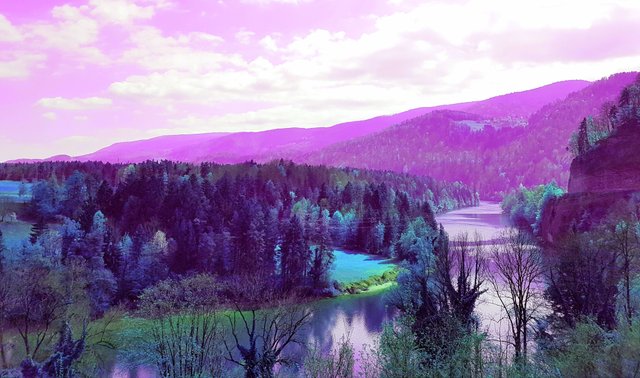
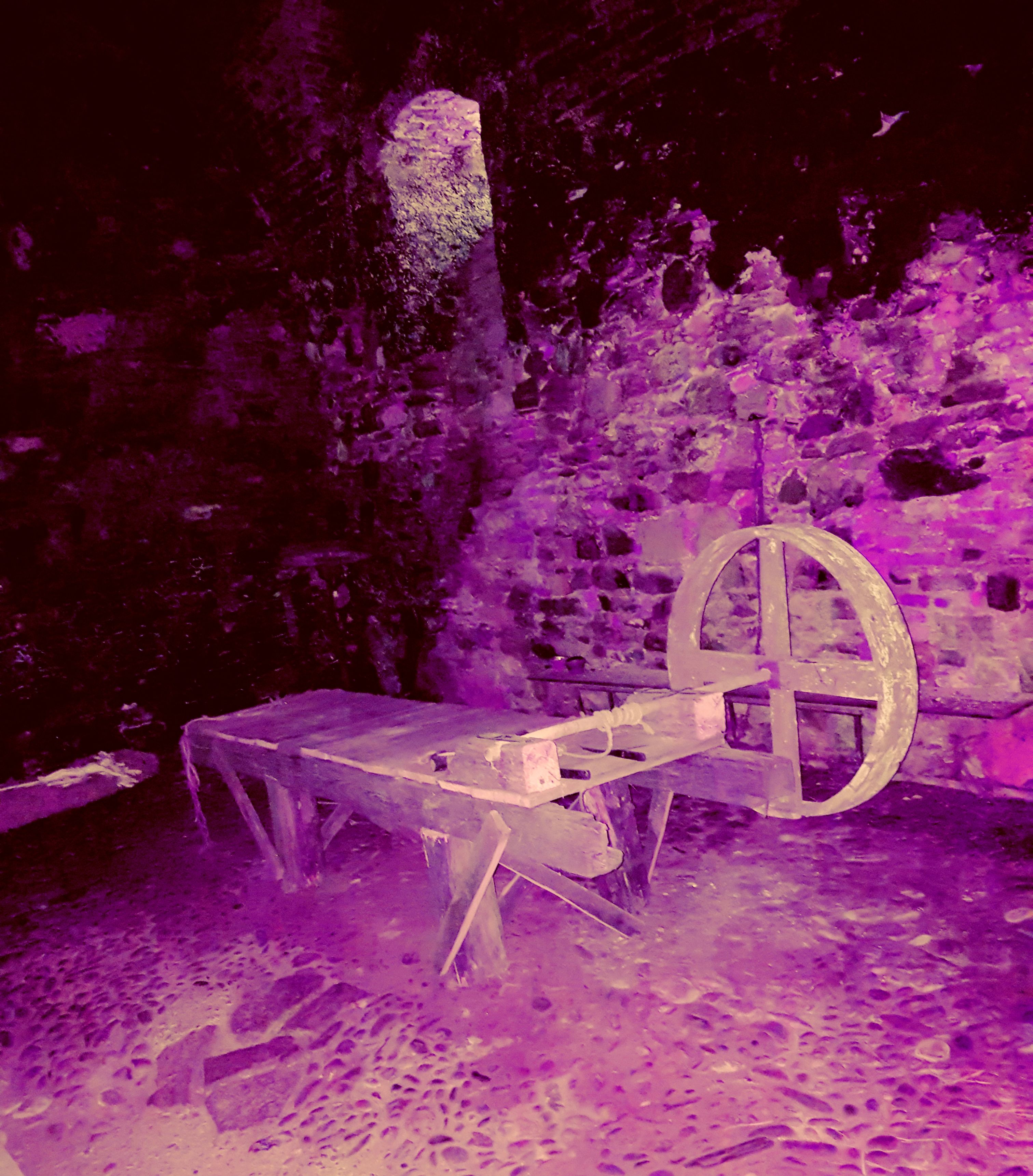
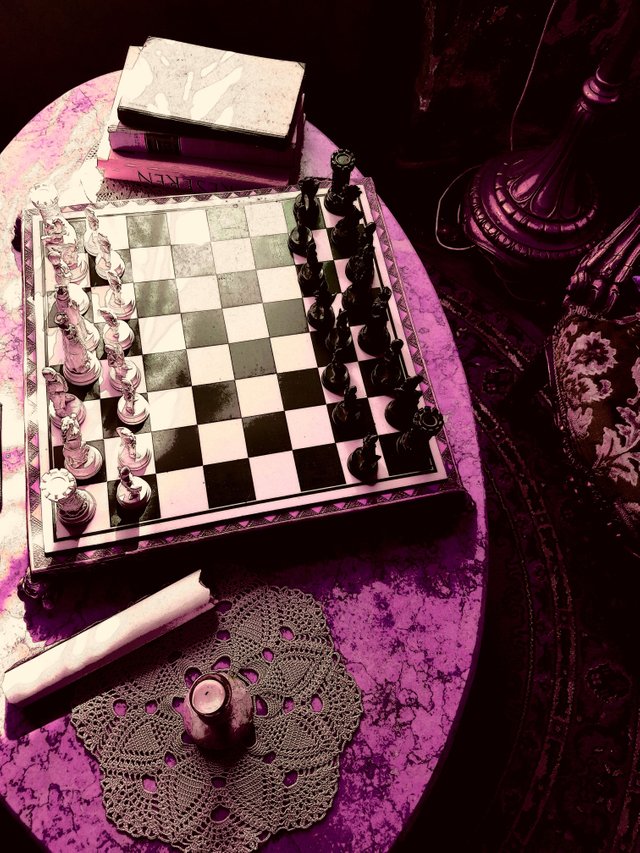 Fala Castle lies on a fluvial terrace with a beautiful view, enclosed by the Fala cliff to the West and age-old precipices on both sides of the river to the North-West. These precipices form a unique rock gate to to the middle Drava Valley, and represent a geological and climate dividing line. Because the narrow canyon is difficult to pass, the rock gate was in the past also a cultural separation line. Here ran also the provincial border between Carinthia and the frontier land on the other side of the forests. The main route to Carinthia was efficiently controlled from the Fala Castle. Initiatives issued by the Castle importantly influenced the everyday life of the surrounding countryside and left numerous traces. The castle is today furnished in the 17th century style, thanks to the new owner who saved it from ruin and brought to the castle several items reminding visitors of the heyday of the Fala Lords (the castle at that time served as a Department of Philosophy, Theology and Law of the Vienna University).
Fala Castle lies on a fluvial terrace with a beautiful view, enclosed by the Fala cliff to the West and age-old precipices on both sides of the river to the North-West. These precipices form a unique rock gate to to the middle Drava Valley, and represent a geological and climate dividing line. Because the narrow canyon is difficult to pass, the rock gate was in the past also a cultural separation line. Here ran also the provincial border between Carinthia and the frontier land on the other side of the forests. The main route to Carinthia was efficiently controlled from the Fala Castle. Initiatives issued by the Castle importantly influenced the everyday life of the surrounding countryside and left numerous traces. The castle is today furnished in the 17th century style, thanks to the new owner who saved it from ruin and brought to the castle several items reminding visitors of the heyday of the Fala Lords (the castle at that time served as a Department of Philosophy, Theology and Law of the Vienna University).
The origin of the former Fala Castle could date back to 15th century after year 1407, when Oton Der Pergauer ruined the old castle, but there are no archival data on this. The first written record of the old castle however dates back to 1311. The structure and the land was at that time owned by a Benedictine monastery St. Paul’s Abbey from Carinthia. Upon valuation of assets in 1542 the castle was evaluated at 200 pounds and was thus for the first time directly certified. The building and the Drava blockade, the so called Turkish Wall, which could be closed in times of danger, were fortified by St Paul’s Abbey prior Jakob Pachler in 1550 because of continuous Ottoman attacks. To be able to pay off the money used for fortification, Pachler rented the castle to Luka Szekely of Viltuš for 6 000 florins. The Abbot Vincenc Lechner gave the castle to his brother Niklas, and only Abbot Hieronim (1616-1638) managed to get it back from the Lechner family after a long process.
Hieronim appointed a prefect and turned the castle into a monastery. The castle housed monks, people employed at the castle and its lands, as well as professors and clergy studying at the monastery. In 1638 the following personnel was recorded at the Fala Castle: beside the manager and the clerk, there were also a bailiff, a huntsman, a fisherman, a miller, a stableman, a cook and 3 to 5 soldiers for the needs of the land. The castle is described as follows in the land register of 1638: “It has three beautiful rooms, three large chambers, a hall, two cellars, an arched kitchen and pantries, chambers for the service and a fairly large chapel of St. Nicholas”.

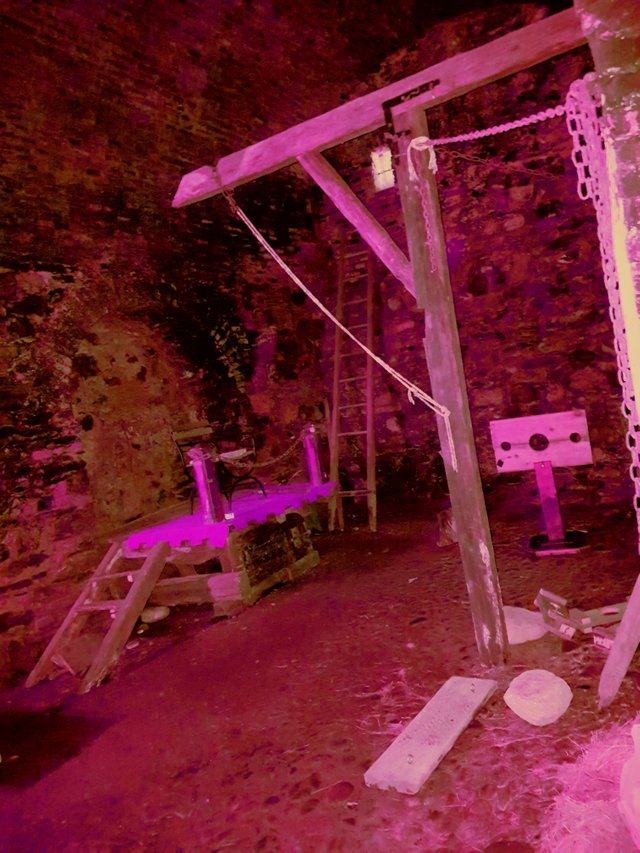

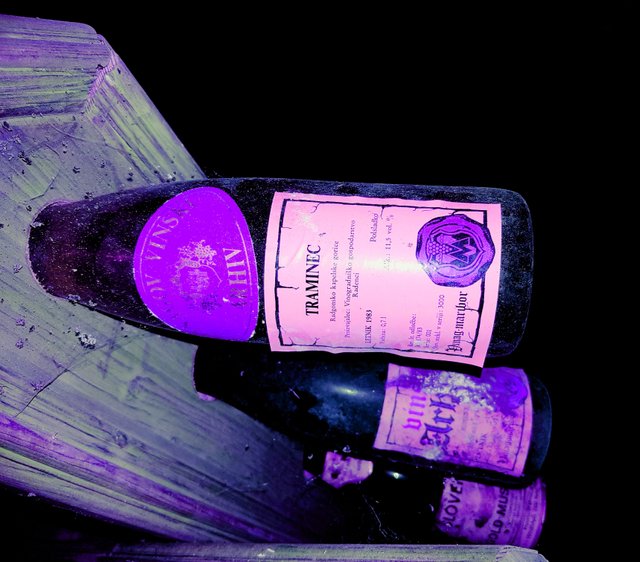
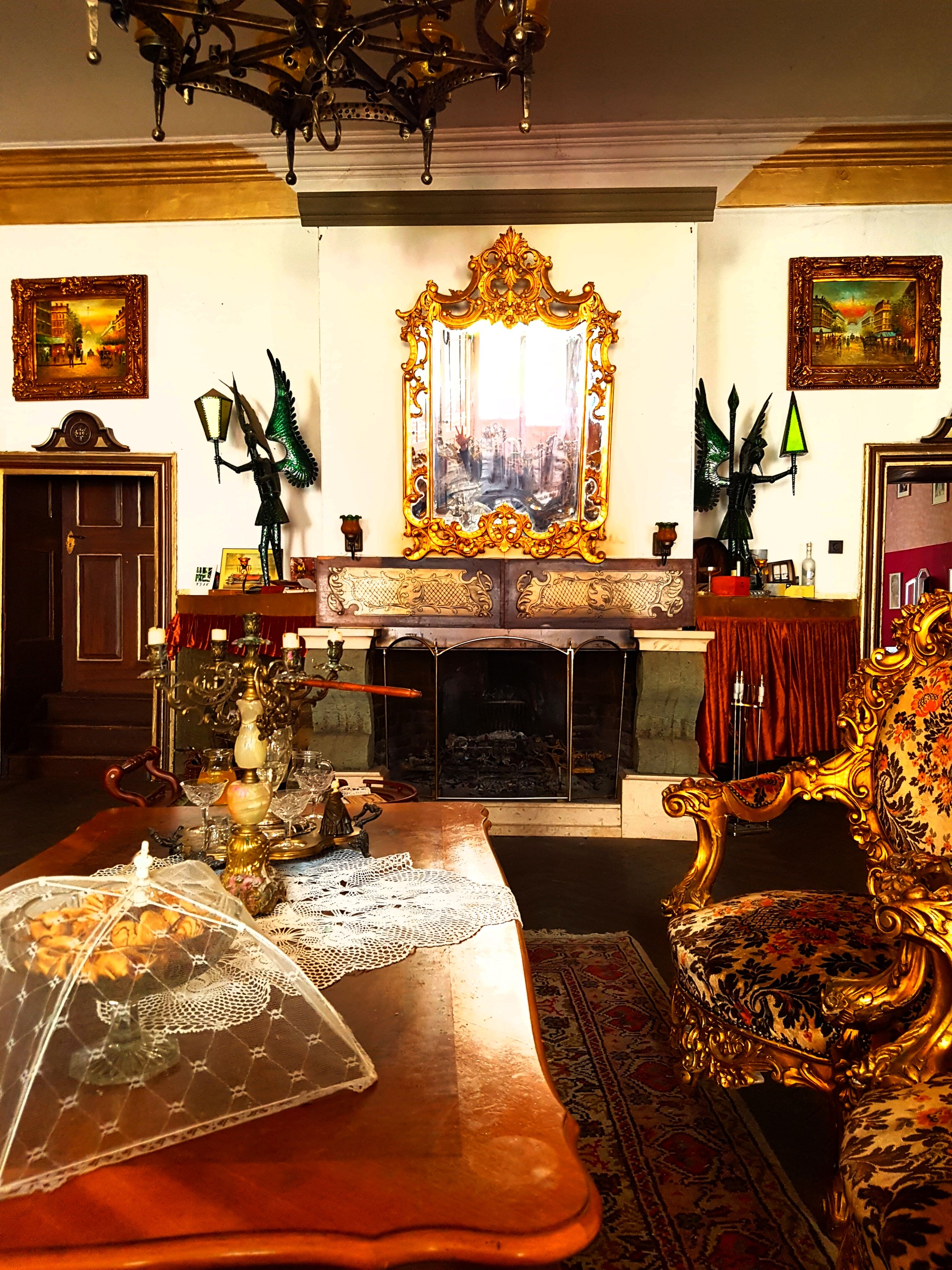
It is a scenery not seen in Korea. I want to go.